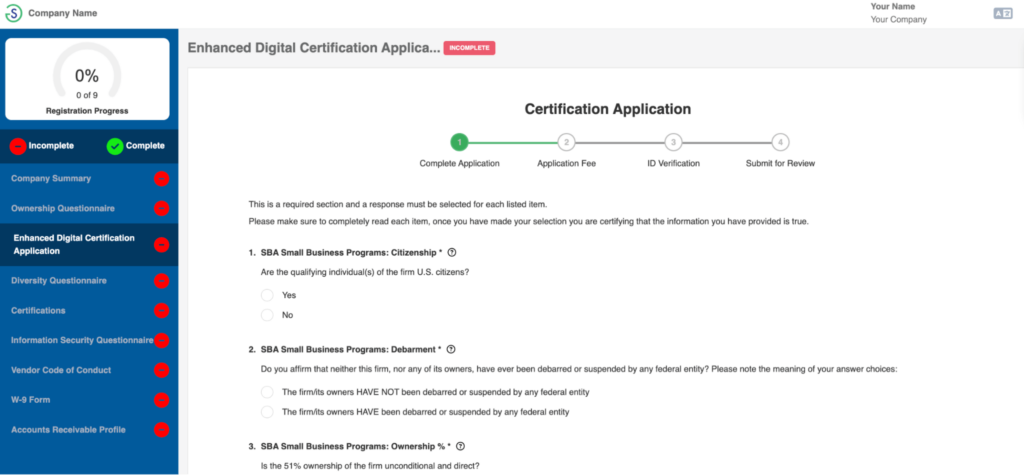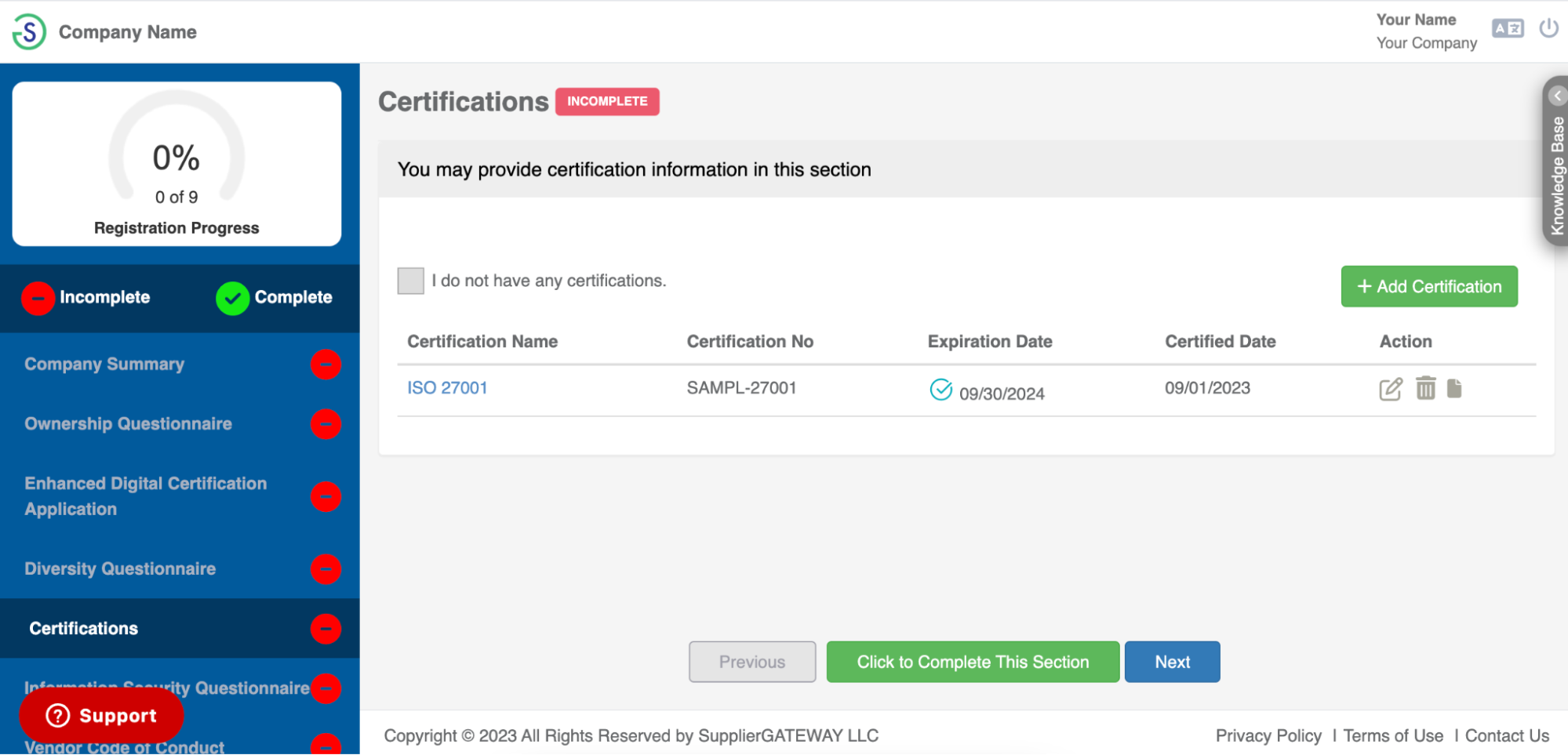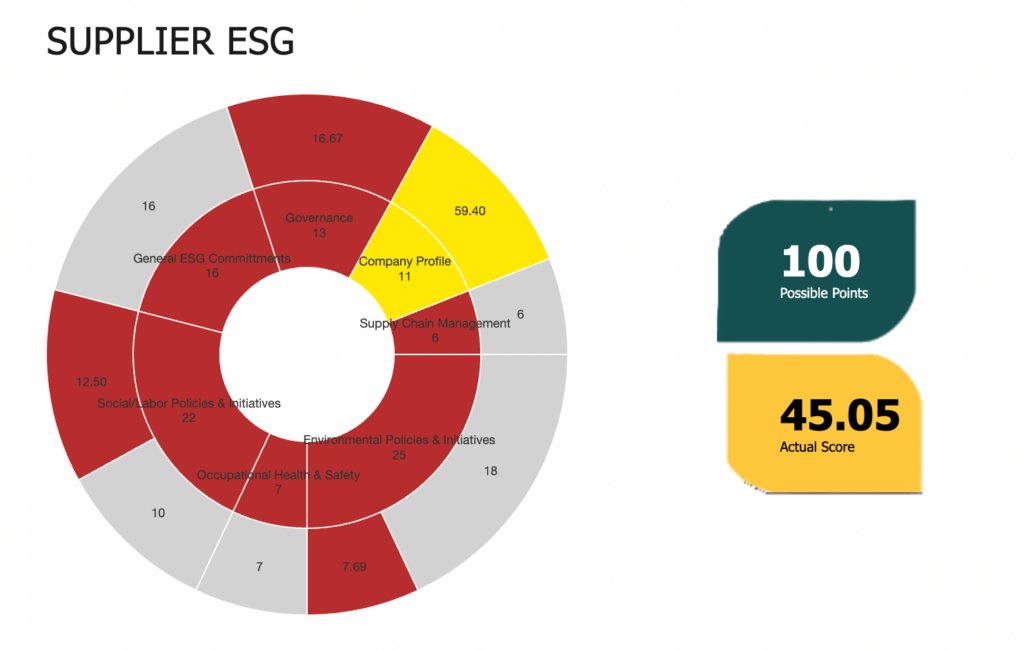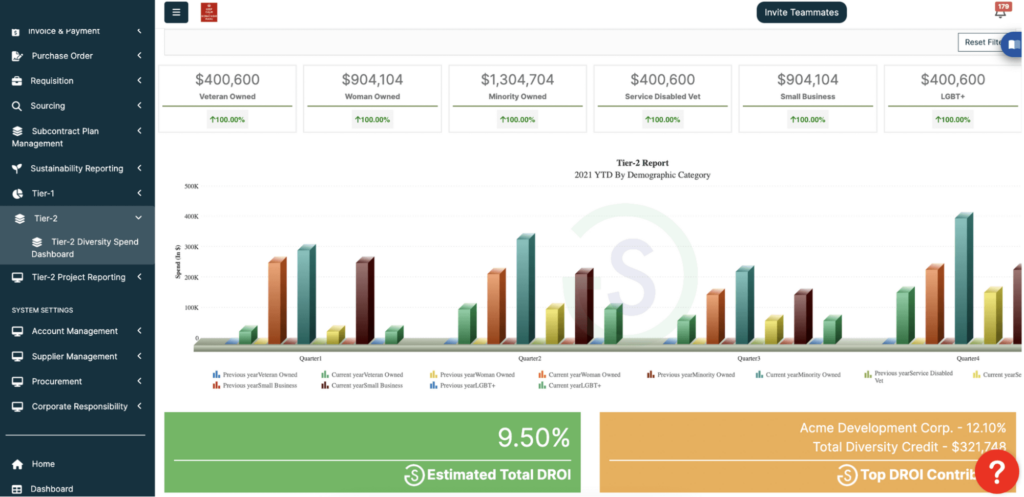Vendor relationships can make or break your business. You trust your vendors to deliver, but without proper management, performance can easily slip.
Late deliveries, cost overruns, or poor quality can derail even the best-laid plans. The solution? Tracking the right vendor management key performance indicators (KPIs). These indicators give you the insights needed to hold vendors accountable, manage risks, and maintain quality.
In 2025, it’s not just about having vendors—it’s about having high-performing ones. In this article, we’ll provide an overview of the most essential KPIs for vendor management to keep your partnerships strong and your business on track.
What Are Vendor KPIs?
Vendor KPIs are measurable metrics used to evaluate the performance of suppliers and service providers. They help businesses monitor vendor efficiency, reliability, and alignment with company goals. Organizations that track these metrics effectively gain data-driven insights that guide decision-making, helping improve vendor relationships, reduce costs, and decrease disruptions.
Most Essential Vendor KPIs to Track
While there are many potential KPIs to consider, focusing on these key metrics will give you a clear picture of vendor performance and help you make informed decisions moving forward.
1. Return on Investment (ROI)
Return on Investment (ROI) measures the profitability of working with a vendor by comparing the financial gains to the costs incurred. It helps businesses assess whether a vendor’s services or products are worth the investment.
To measure ROI, divide the net profit from the vendor by the total cost of the vendor, and multiply by 100 to get a percentage.
![]()
Tracking ROI allows companies to evaluate the overall value a vendor provides. If a vendor delivers high-quality goods or services at a reasonable cost, it positively impacts your bottom line. Consistently low ROI might indicate that it’s time to reassess the relationship or negotiate better terms.
2. Risk Assessment
Vendor risk assessment evaluates the potential risks associated with a supplier, including financial stability, operational risks, compliance issues, and supply chain disruptions. It helps identify vulnerabilities that could impact your business.
Risk assessment isn’t typically measured by a single formula, but involves evaluating multiple factors such as the vendor’s financial health, compliance track record, supply reliability, and geopolitical risks. Some companies use a weighted scoring model to quantify risk levels.
SupplierGateway’s platform is packed full of features to help your business reduce vendor risk. Our seamless onboarding software centralizes all supplier data to ensure you always have easy access to critical information. We help organizations tackle data silos with seamless integration with your ERP/AP systems so that every department has access to essential supplier information.

Early identification of risks allows businesses to take preventive action, such as diversifying suppliers or negotiating more secure contracts.
3. Pricing and Competitiveness
Pricing and competitiveness refer to the evaluation of a vendor’s pricing structure compared to industry standards and competitors. It assesses whether the vendor offers fair market value for their goods or services.
There isn’t a fixed formula for measuring pricing and competitiveness, but companies typically compare vendor pricing against market rates, internal cost expectations, and competitors. Metrics like cost-per-unit or cost-per-service are used in conjunction with market research.
Tracking pricing and competitiveness also gives you leverage in contract negotiations and helps identify cost-saving opportunities without sacrificing quality.
See the Platform
Not quite ready to talk to someone but want to see what SupplierGateway platform have to offer? Click on the product you’re interested in learning about and get an interactive walkthrough.
4. Compliance
The compliance KPI measures how well a vendor adheres to legal, regulatory, and contractual obligations. This includes compliance with industry standards, environmental regulations, labor laws, data security requirements, and other relevant laws that govern the vendor’s operations.
Compliance can be measured by tracking the number of compliance violations or incidents. A simple formula for compliance rate is:
![]()
Alternatively, you can track violations or non-compliance incidents with a compliance violation rate:
![]()
Tracking compliance is critical for minimizing risk and ensuring the vendor meets all legal, regulatory, and contractual standards. Non-compliance can lead to legal penalties, reputational damage, and disruptions to your business. This KPI can also help you assess whether a vendor is a reliable partner that operates within established frameworks and helps protect your organization from regulatory or legal exposure.

Ensure compliance with detailed, in-depth onboarding workflows.
The SupplierGateway Onboarding Platform helps companies track compliance from the start. Vendors fill out detailed questionnaires about their business, including ownership, diversity, information security, and certification information. Suppliers can also upload supporting documentation, like certificates, to prove their compliance with regulations and labor laws.

We make compliance management simple with visual results on a 100-point rating scale.
SupplierGateway also helps companies assess vendors across a broad range of corporate social responsibility metrics including Environmental, Social, and Governance (ESG), Greenhouse Gas Leadership, and Human Rights Compliance. Send out multiple assessments in one go and get in-depth, easy to read results in a few weeks.
5. Service and Quality
Measuring service and quality demonstrates how effectively a vendor meets the agreed-upon service levels and quality standards specified in the contract. It includes aspects such as product/service quality, adherence to specifications, reliability, and overall performance in delivering value to your organization.
A simple formula for measuring service and quality is:
![]()
Alternatively, if your organization uses specific quality criteria or performance benchmarks, like a scoring system that evaluates compliance with quality standards, you might use:
![]()
Tracking this KPI ensures that vendors adhere to quality and service standards, reducing the risk of receiving subpar products or services that can affect your operations. It also promotes accountability by encouraging vendors to maintain high standards, as their performance is continuously evaluated.
6. Diversity
Diversity scores measure your organization’s commitment to fostering diversity and inclusion within the workforce and supplier base. It evaluates how well the business integrates diverse perspectives, cultures, and backgrounds, contributing to broader social and economic goals.
You can measure diversity by assessing the representation of diverse groups within the organization’s workforce or supplier pool. One common formula for diversity score is:
![]()
For companies focused on supplier diversity, you can also track spending, using:
![]()
Tracking diversity aligns with corporate social responsibility goals and promotes innovation through the inclusion of different perspectives. Vendors with strong diversity practices are more likely to offer creative solutions, meet diverse customer needs, and demonstrate social consciousness. In industries or regions where diversity is a regulatory or concern, this metric becomes even more important to track.

Tier-2 Diversity Spend Dashboard keeps your goals on track.
SupplierGateway not only helps you track your vendors’ diversity scores, but also, their suppliers and service providers’ scores. With Tier-1 and Tier-2 Reporting built right into the dashboard, you always have access to diversity data. Track spend, impact, and other relevant metrics to ensure your organization is meeting your diversity goals.
7. Innovation
The innovation metric evaluates the vendor’s ability to introduce new ideas, products, or processes that add value to your organization. It measures how well the vendor contributes to the development and implementation of innovative solutions that improve efficiency, reduce costs, or enhance product/service offerings.
You can measure innovation using various methods, but a common approach is to track the number of new initiatives or improvements proposed and successfully implemented. One possible formula is:
![]()
Another approach involves measuring the impact of innovation through monetary value:
![]()
Tracking a vendor’s level of innovation can help your company foster continuous improvement and stay competitive. An emphasis on innovation can lead to the development of more effective processes, new product features, and better solutions that meet evolving market demands.
Streamline Vendor Performance Monitoring with SupplierGateway
SupplierGateway offers a comprehensive solution for vendor performance management. Gain a deeper understanding of your suppliers’ performance, including:
- Compliance Insights: Get complete insights into your vendors’ corporate social responsibility scores and work directly with suppliers to improve their initiatives.
- In-Depth Risk Assessments: Centralize your supplier information, banish data silos, and manage vendor risks with an all-in-one platform that integrates seamlessly with your current systems.
- Diversity Initiatives: Track and manage diversity spend, gain an understanding of your vendors’ diversity practices, and find new diverse suppliers to round out your roster.
Book a demo of the SupplierGateway platform to learn how we can help your business track, manage, and improve critical KPIs and vendor relationships.











